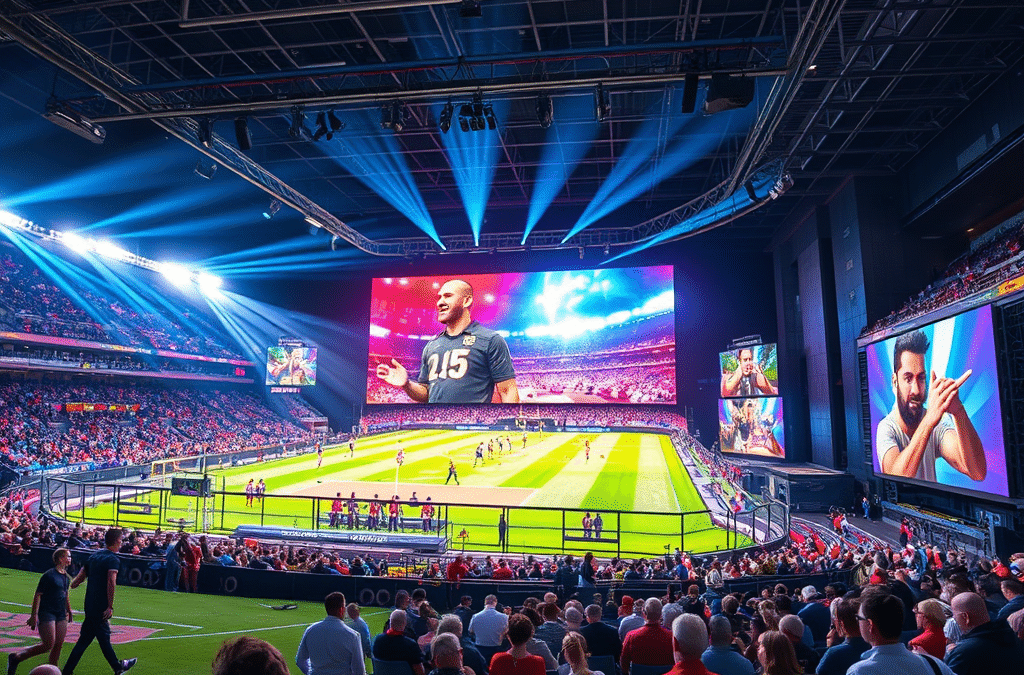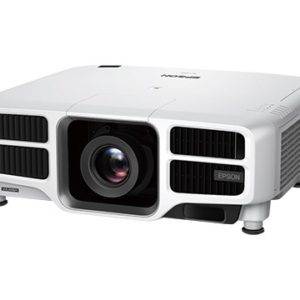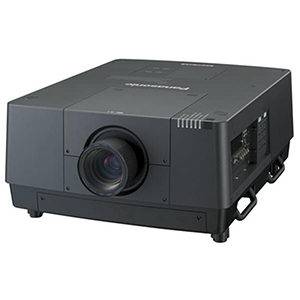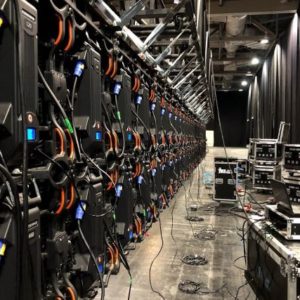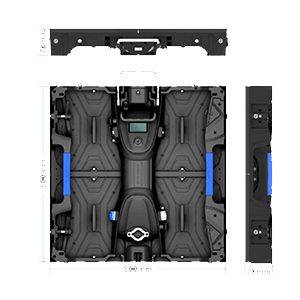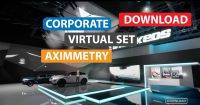Understanding LED Screen Technology
LED screen technology has revolutionized the way information is displayed across various platforms. At its core, LED stands for Light Emitting Diode, which is a semiconductor device that emits light when an electric current passes through it. This technology enables the creation of screens that deliver vibrant colors and exceptional brightness, setting a new standard in digital displays. Large LED screens are particularly valuable in contrast to traditional display methods, offering numerous advantages that contribute to enhanced viewer engagement.
There are several types of large LED screens available on the market, including indoor and outdoor models. Indoor LED screens typically feature a higher pixel density, allowing for detailed and sharp displays suitable for events, presentations, and exhibitions. On the other hand, outdoor LED screens are designed to withstand various weather conditions, making them ideal for advertising, concerts, and public displays. These screens often employ brighter LEDs to ensure visibility even in direct sunlight.
The typical uses for large LED screens span numerous settings. In the advertising realm, businesses utilize them to captivate audiences and showcase products with dynamic visuals. At sporting events, LED screens provide real-time updates and replays, enhancing the fan experience. Additionally, public displays often employ large screens to communicate important information or entertain crowds, highlighting their adaptability across different environments.
The advantages of using LED screens over traditional display methods are noteworthy. They are significantly brighter than LCD and projection screens, ensuring that content remains visible in a variety of lighting conditions. Furthermore, LED technology is more energy-efficient, reducing operational costs for businesses while providing a longer lifespan compared to other display technologies. These attributes not only enhance the overall viewing experience but also contribute to sustainable practices in visual communication.
Best Practices for Setting Up Large LED Screens
Successfully setting up large LED screens requires careful consideration of various factors that contribute to their effectiveness. One of the first steps in ensuring optimal performance is the proper placement of the screen. The location should allow for maximum visibility, avoiding obstructions and ensuring that viewers are positioned at a suitable distance. The screen’s height should also be taken into account; it should be elevated enough to be seen by standing audiences while not obstructing sightlines.
The viewing angle plays a crucial role in the experience delivered by large LED screens. Ideally, the installation should provide a wide viewing angle so that the content is easily visible from different positions. In general, the horizontal viewing angle should be between 160 to 180 degrees to accommodate various audience locations. To achieve this, careful consideration should be given to the relative angle at which the screen is mounted and the audience’s positioning.
Connection configurations are another fundamental aspect of setting up large LED screens. It’s important to ensure that the wiring is adequately protected and organized to prevent signal loss or interference, which can diminish screen performance. Utilizing high-quality cables and connectors can facilitate a reliable connection, while also abiding by the recommended specifications of the screen manufacturer. It is also advisable to perform regular maintenance checks to address any potential connectivity issues proactively.
Environmental considerations considerably impact screen performance, particularly for outdoor setups. Adequate weather protection, such as housing or appropriate shielding, is essential to safeguard the screen from environmental factors like rain, wind, and UV rays. Additionally, lighting conditions should be evaluated; for outdoor displays, brighter screens may be necessary to combat sunlight, while indoor settings may require adjustments for optimal viewing in various lighting scenarios. By adhering to these best practices, users can maximize the impact and visibility of their large LED screens, ensuring a more engaging experience for their audience.
Content Management and Display Considerations
Effectively managing content for large LED screens is essential to ensure that the intended message reaches the audience in a visually appealing manner. One of the first considerations in this process is the design of graphics. High-quality visuals not only attract attention but also enhance the viewer’s understanding of the presented information. It is advisable to utilize bold fonts and contrasting colors that are easily readable from a distance. Keeping the text concise and to the point is paramount, as large screens are often viewed from various angles and distances.
Furthermore, the resolution and aspect ratio of the content must align with the technical specifications of the LED screens in use. When designing graphics and videos, it is essential to confirm that they meet the optimal resolution to avoid pixelation and distortion that can detract from the viewing experience. Different LED screens may have varying aspect ratios, so aligning content to fit these dimensions can help maintain visual integrity.
The effective application of color and motion can significantly capture and maintain audience attention. Utilizing a color palette that resonates with the branding and message enhances visibility and emotional engagement. Motion elements, such as animations or transitions, should be used judiciously to prevent distraction while still keeping the display dynamic.
Scheduling content effectively is also crucial. Employing software tools for content management allows for the seamless organization of playlists and timely updates. This not only saves time but also enables the team to remain flexible in responding to real-time events or changes in messaging needs. By strategically planning and managing content, users of large LED screens can ensure a cohesive and impactful presentation that resonates with viewers.
Maintenance and Troubleshooting Tips for LED Screens
Maintaining large LED screens is crucial for extending their lifespan and ensuring optimal performance. Regular cleaning is an essential part of this maintenance process. It is recommended to use a soft, lint-free cloth and a gentle cleaner specifically designed for electronics. Avoid using abrasive materials that could scratch the screen surface. Routine cleaning should occur at least once a month, or more frequently if the screen is located in a dusty or high-traffic environment. Keeping the screen free from dirt and grime will enhance visibility and color vibrancy.
Users should also be aware of common issues that may arise with LED screens. One of the most noticeable problems is dead pixels, which appear as black or white dots on the display. Color inconsistency can also occur, where certain areas of the screen may appear different from others. These issues can impact the overall quality of the display. If such problems arise, it is advisable to consult the user’s manual for initial troubleshooting steps or apply small adjustments via the screen’s settings menu.
For minor problems, basic troubleshooting may include checking connections, resetting the device, or adjusting the display settings. However, for more complex issues, relying on professional servicing is necessary. Regular system checks by certified technicians are advisable to diagnose and fix potential problems before they escalate. Additionally, reviewing warranty considerations is essential, as many manufacturers provide coverage that includes professional maintenance and repair services. Ultimately, a proactive maintenance strategy will not only prolong the lifespan of large LED screens but also ensure they function effectively, delivering high-quality visuals over time.
